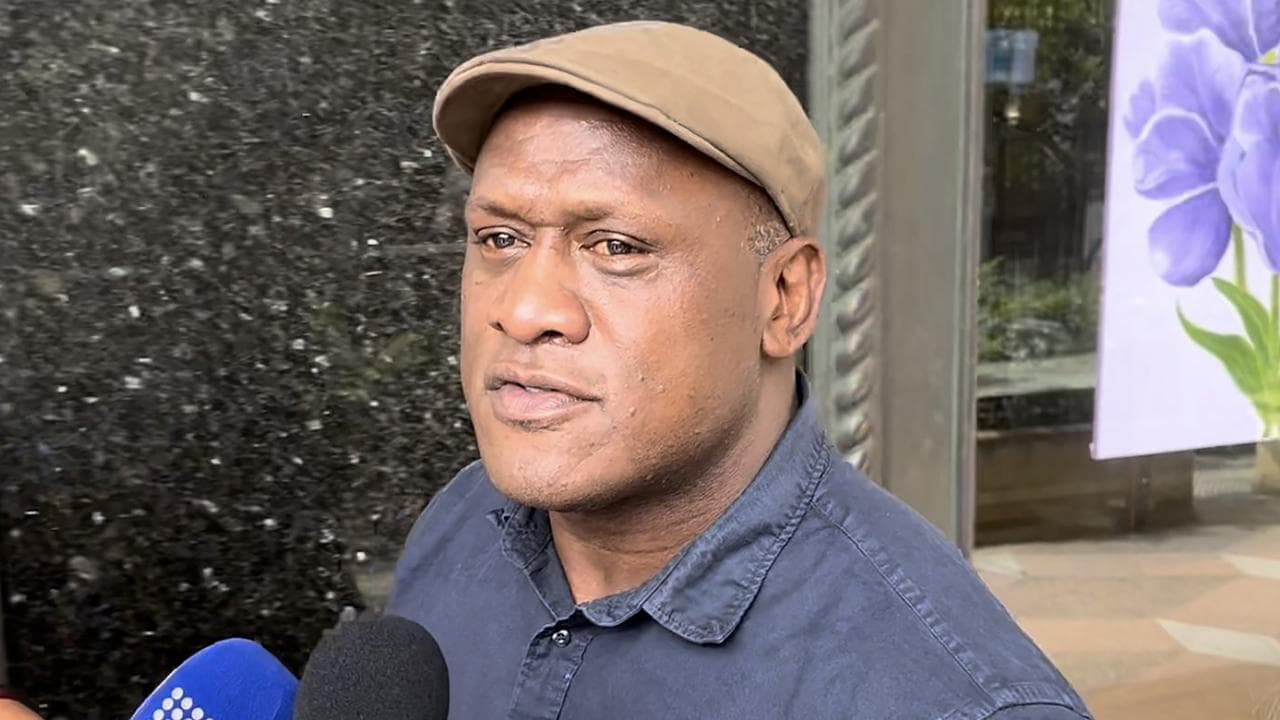WHAT WAS CLAIMED
An Australian government exemption certificate from 1951 reveals strict conditions placed on an Indigenous man in order to leave a reservation.
OUR VERDICT
Mixture. While the certificate is an advertising mock-up, experts say its contents fairly represent restrictions placed on Indigenous people at the time.
A social media post has resurfaced a purported certificate of exemption from Australia's Commonwealth government showing the harsh conditions under which an Indigenous man was allowed to leave a reservation in order to go to work in 1951.
However, the certificate is not genuine - rather, it was produced as part of a promotion by broadcaster SBS for the 2008 documentary series First Australians.
Experts told AAP FactCheck that while the document is a mock-up, the restrictions it lists accurately reflect expectations placed on Indigenous Australians who were granted certificates of exemption. These certificates allowed them to leave reserves and benefit from some of the rights enjoyed by the wider population.
The post (see screenshot here) was published on the Cafe Locked Out Facebook page on March 30, showing the mocked-up "General Certificate of Exemption" with the caption: "A Dog Licence." The page has previously shared misinformation about COVID-19 vaccine mandates.
The term "dog licence" was used by Indigenous people to refer to a certificate of exemption, "perhaps because they felt as though they needed a certificate to prove they were human", according to the website Aboriginal Exemption, run by La Trobe University associate professor of history Katherine Ellinghaus.
The mock certificate is listed as being issued by the "Commonwealth of Australia". It entitles the bearer the right to "leave the reservation or mission at which they live - to go to work". Additional benefits listed on the certificate include walking freely through town without being arrested, and entering a shop or hotel where he "may or may not be served".
There are special conditions attached, including bans on speaking in native language and engaging in dance, rituals, and native customs. Associating with fellow Indigenous people (including family) is also prohibited, according to the document.
The SBS logo is visible in the bottom left corner of the certificate. The advertisement, a copy of which was highlighted in a previous AFP fact check, featured in the Sydney Morning Herald newspaper in 2008.
The same certificate was the subject of an ABC Media Watch investigation that year. The First Australians documentary producers told Media Watch the fake certificate was created to avoid causing distress to living descendants of any real individual, adding that "The Commonwealth of Australia" was mistakenly added to the text.
The certificate was based on a legitimate NSW certificate from the time, however this does not include fields for "special conditions" or include a stated requirement that holders "assimilate into the wider community" as per the mock-up.
On her website, Dr Ellinghaus, who has published extensively on the subject of Indigenous exemptions, said the exemption policies were imposed by state governments rather than the Commonwealth.
"Policies of exemption were created by clauses in the 'protection' acts passed in every Australian state, except Victoria and Tasmania," she writes.
"They created a mechanism whereby state governments could declare individual Indigenous people, who were somehow judged to be worthy, 'exempt' from this legislation and therefore the controls."
The NSW Aborigines Protection Act 1909 was listed as "an act to provide for the protection and care of aborigines", amendments to which in 1915 gave protection boards the power to remove Indigenous children from their families. These children would become part of what are now known as the Stolen Generations.
Further amendments in 1943 gave boards the power to issue individuals with certificates of exemption to the controls in place under the act. According to the NSW State Archives website, these exemptions might allow applicants to send their children to state schools, live in town or receive a pension.
"However, a recipient was no longer eligible to receive any benefit, assistance or relief from the board, and had to undertake to provide a proper home for himself/herself and his/her family," it says.
Queensland's Aboriginals Protection and Restriction of the Sale of Opium Act 1897 included a provision for certificates of exemption to be issued to "any half-caste who … ought not to be subject to the provisions" of the act (section 33).
Dr Ellinghaus confirmed to AAP FactCheck that the SBS certificate was a mock-up but said its contents did represent the policies of the day.
"It's very hard to succinctly describe the way in which exemption policies restricted people's speaking of their language, their movement, and their contact with their families," she said via email.
"This is because the policies and certificates themselves did not directly articulate these expectations — rather they were suggested by the application process, which required people to demonstrate that they did not spend time with other First Nations people and that they could at least outwardly demonstrate that they were living in 'assimilated' ways."
She said those granted exemptions were subject to surveillance even after supposedly being released from control under the various acts.
Aunty Judi Wickes, a historian and adjunct research fellow at the University of Sunshine Coast, who holds an honorary doctorate for her work on exemption policies, also confirmed the SBS certificate was fake.
She told AAP FactCheck her grandfather received an exemption but remained under government surveillance from 1926 until 1965.
"They were allowed to live in mainstream society, and yet were under constant surveillance," she said of her ancestors.
"They weren't allowed to mix with other Aboriginal people who were not exempted, even family members. My grandmother was constantly cleaning and tidying up the home as per rules of exemption. Also, they had to be in some form of work or be sent back to the mission."
The Verdict
The Facebook post features a mock exemption certificate used to promote a documentary series rather than a real Australian government document from 1951.
While the certificate features inaccuracies, experts say its contents fairly represent various restrictions placed on Indigenous people under state government laws at the time.
Mixture – The claim includes accurate information but also significant errors or problems.
AAP FactCheck is an accredited member of the International Fact-Checking Network. To keep up with our latest fact checks, follow us on Facebook, Twitter and Instagram.












